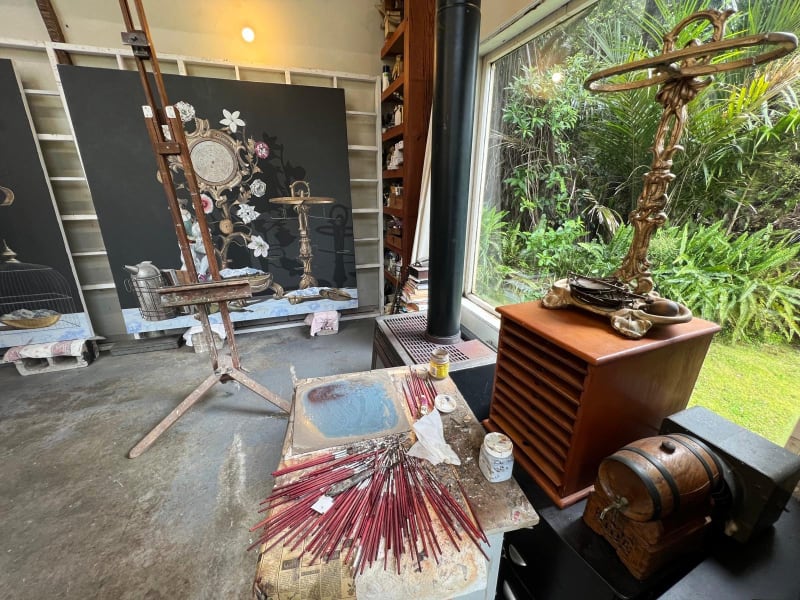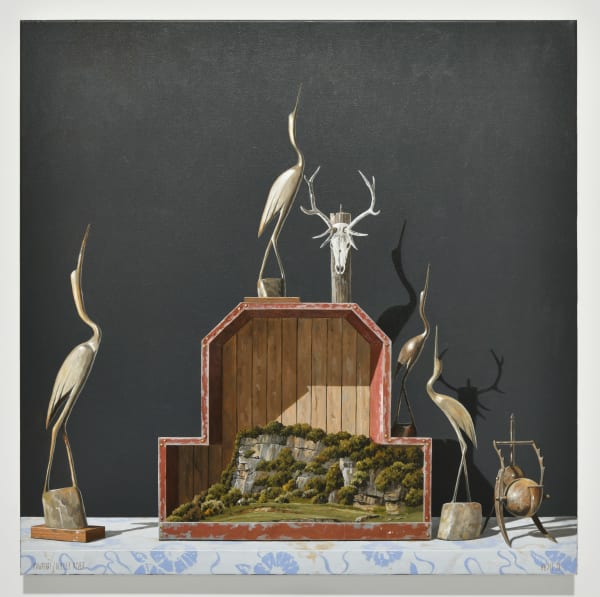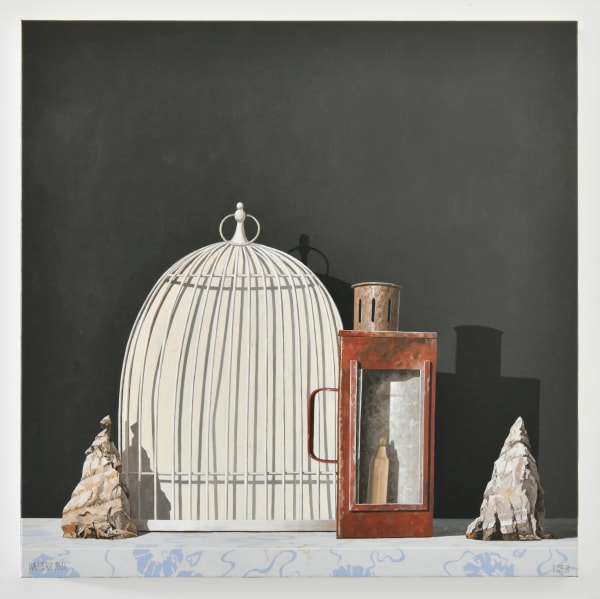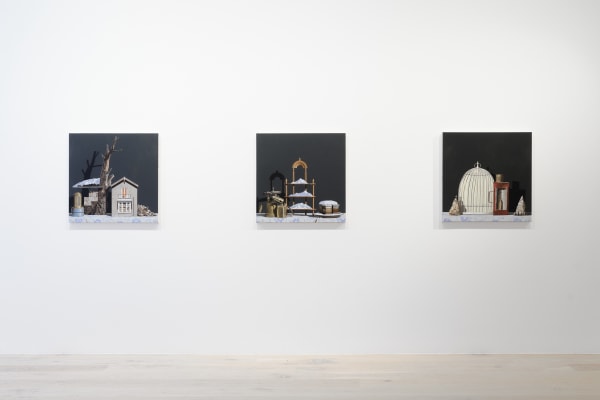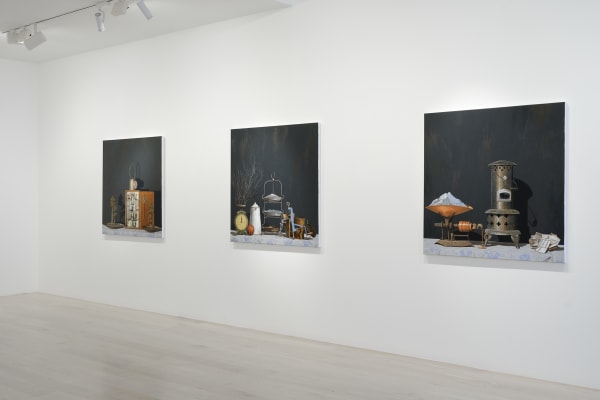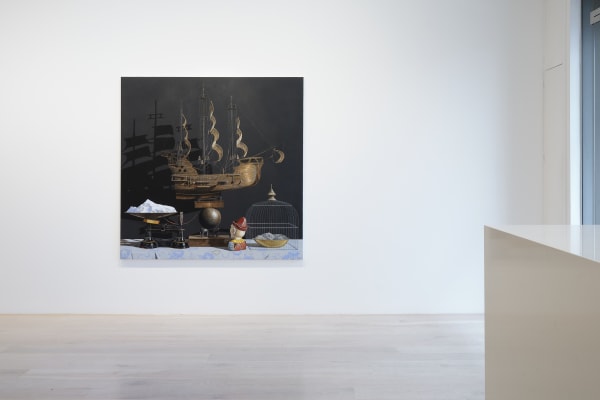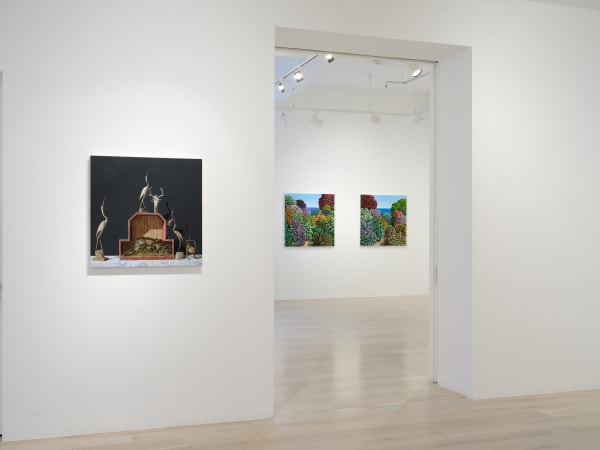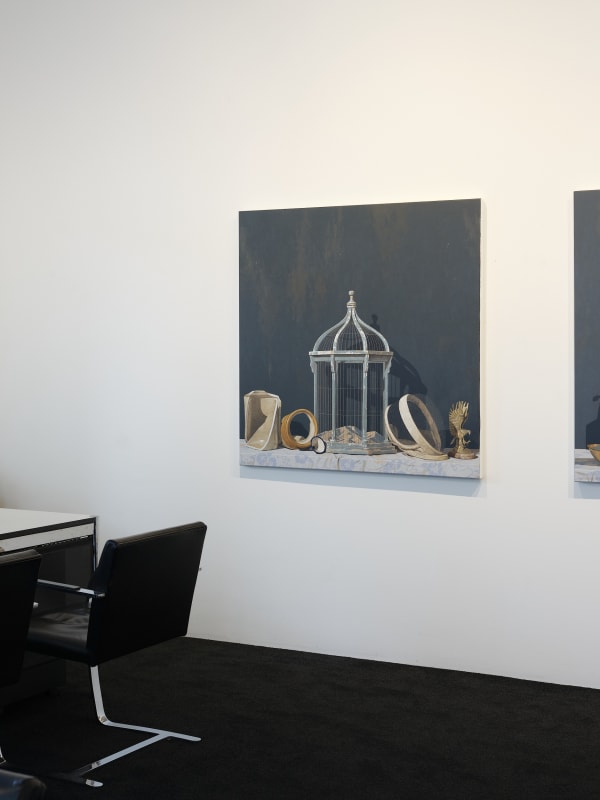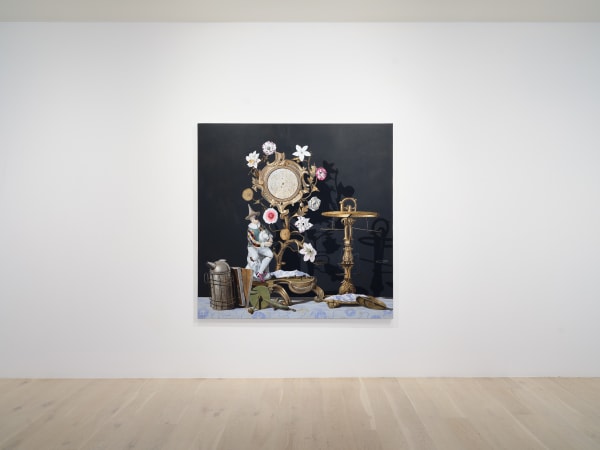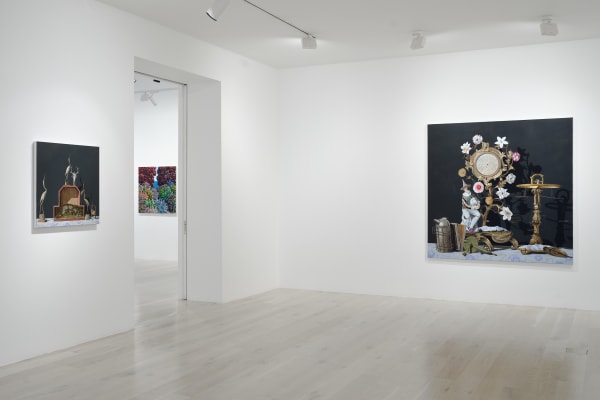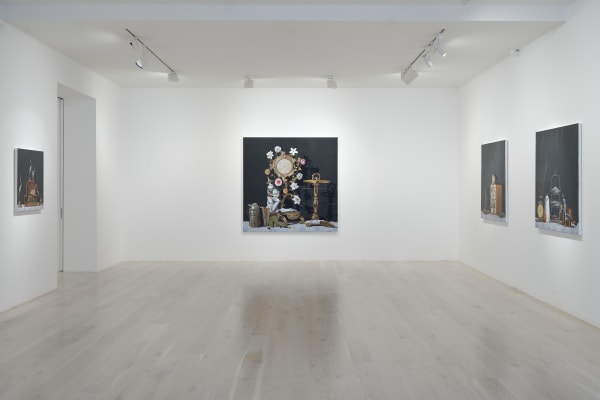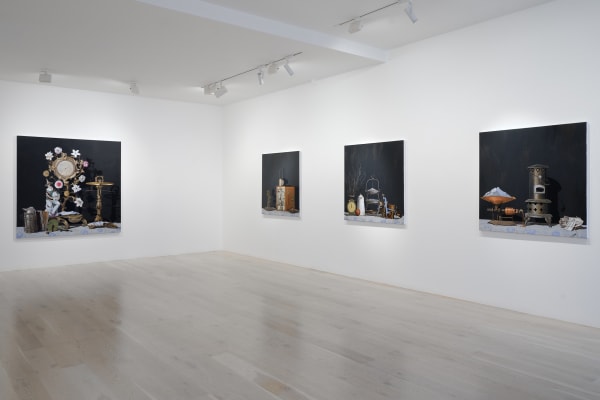Headwaters: Michael Hight
Hight’s compositions are marked by their discordant scale, a deliberate juxtaposition that invites a more complex perception of the subjects. The viewer is invited to navigate a series of contrasts: exterior and interior, solid and fragile, hard and soft, industrial and domestic. These conflicting elements highlight the sometimes-uneasy relationship between humanity and the land itself.
-
 Michael Hight, Taieri River, 2024
Michael Hight, Taieri River, 2024 -
 Michael Hight, Wairau River, 2024
Michael Hight, Wairau River, 2024 -
 Michael Hight, Waimakariri River, 2024
Michael Hight, Waimakariri River, 2024 -
 Michael Hight, Kawarau River, 2024
Michael Hight, Kawarau River, 2024 -
 Michael Hight, Clarence River/Waiautoa, 2024
Michael Hight, Clarence River/Waiautoa, 2024 -
 Michael Hight, Awarua/Haast River, 2024
Michael Hight, Awarua/Haast River, 2024 -
 Michael Hight, Rangitata River, 2024
Michael Hight, Rangitata River, 2024 -
 Michael Hight, Māwheranui/Grey River, 2024
Michael Hight, Māwheranui/Grey River, 2024 -
 Michael Hight, Rakaia River, 2024
Michael Hight, Rakaia River, 2024 -
 Michael Hight, Kawatiri/Buller River, 2024
Michael Hight, Kawatiri/Buller River, 2024 -
 Michael Hight, Waikouaiti River, 2024
Michael Hight, Waikouaiti River, 2024 -
 Michael Hight, Waitaki River, 2024
Michael Hight, Waitaki River, 2024 -
 Michael Hight, Te Awa Whakatipu/Dart River, 2024
Michael Hight, Te Awa Whakatipu/Dart River, 2024 -
 Michael Hight, Manuherikia River, 2024
Michael Hight, Manuherikia River, 2024
The fragmented relationships between landscapes, memories and human interventions have been long-standing subjects of exploration for artist Michael Hight. In this new body of work by the self-taught painter, Headwaters, the artist turns his attention to the rivers of the South Island. These rivers, as the exhibition title suggests, act as both literal and metaphorical sources—wellsprings of imagery for his hyperreal and symbolic paintings.
Throughout Hight’s career, specific geographical locations have acted as touchstones within his practice. His dark still-life compositions show locations that are deeply entwined with symbols and objects, many of which were found or acquired near the depicted area. By blending these landscapes with domestic and ornamental objects, as well as tools that carry personal and historic significance, a deeply tactile connection to time and place is felt within Hight’s works.
Hight’s compositions are marked by their discordant scale, a deliberate juxtaposition that invites a more complex perception of the subjects. The viewer is invited to navigate a series of contrasts: exterior and interior, solid and fragile, hard and soft, industrial and domestic. These conflicting elements highlight the sometimes-uneasy relationship between humanity and the land itself. In Headwaters, this theme takes on new resonance. These paintings allude to the weighty history of colonisation, where settlers attempted to measure, harness, manipulate and dominate the land, often using misguided and inappropriate methods. Hight creates visions of mountain silhouettes nestled upon scales as though they exist only for monetary value, trapped behind colonial birdcages, or atop a traditional cake stand, metaphorically ready to feed the masses. In another work, we see stark and bare tree branches poised upon a European-style candelabra; perhaps referencing the deforestation that took place courtesy of colonial arrivals, the trees are shown here literally held up on a pedestal yet also sitting where candles should be placed, ready to go up in flames and be destroyed. These works speak to Hight’s ongoing fascination with the New Zealand landscape along with a deepening exploration of the complexities of human intervention—how we attempt to weigh and ultimately reconcile our presence within a land that remains, at its core, untameable.
The works of Headwaters invite contemplation on the passage of time and the layers of meaning that accumulate in a place. By combining the natural with the domestic, the industrial with the ornamental, Hight creates compositions that resonate with both personal memory and broader histories. Headwaters asks us to consider how we interact with the land, the objects we leave behind, and the histories we create in our attempts to define and occupy a place.